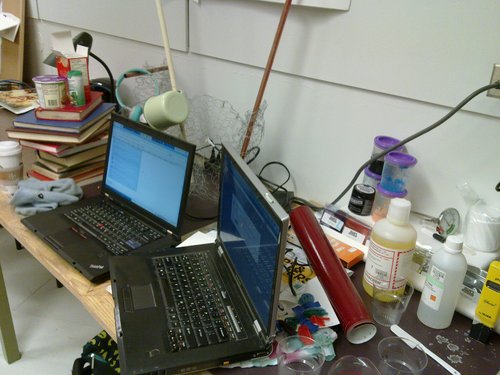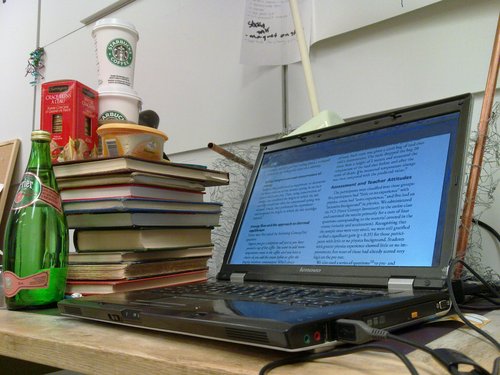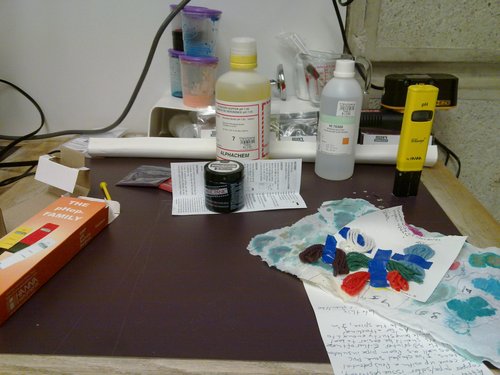My phone just fell out of my pocket, crashing to the floor, losing its battery and back, as well as dislodging its SIM card. Why? Because I'm wearing pants designed for people who aren't supposed to keep things in their pockets. And by that, I mean to say that I'm wearing pants designed for women.
Women, as we know, are supposed to carry purses. We don't keep our phones or wallets in our pockets because, on many of our traditional garments, there are no pockets. Even on garments which might be at home to pockets (trousers and jeans, for example), the full pocket potential is not met. On trousers, they are avoided, because they might disturb the line of the garment. On jeans they're marginal at best, allowing very little actual storage space.
I'd go so far as to call it gendered personal storage determinism. Because adequate pockets are not provided on garments designed for women, women are forced to come up with workarounds for the transportation of their personal effects. So often, this takes the form of a purse, reinforcing the place of the purse in the daily kit of women. Without equal access to pockets, women are forced into a vicious cycle of purse ownership (or voluntary simplicity).
Women, as we know, are supposed to carry purses. We don't keep our phones or wallets in our pockets because, on many of our traditional garments, there are no pockets. Even on garments which might be at home to pockets (trousers and jeans, for example), the full pocket potential is not met. On trousers, they are avoided, because they might disturb the line of the garment. On jeans they're marginal at best, allowing very little actual storage space.
I'd go so far as to call it gendered personal storage determinism. Because adequate pockets are not provided on garments designed for women, women are forced to come up with workarounds for the transportation of their personal effects. So often, this takes the form of a purse, reinforcing the place of the purse in the daily kit of women. Without equal access to pockets, women are forced into a vicious cycle of purse ownership (or voluntary simplicity).



